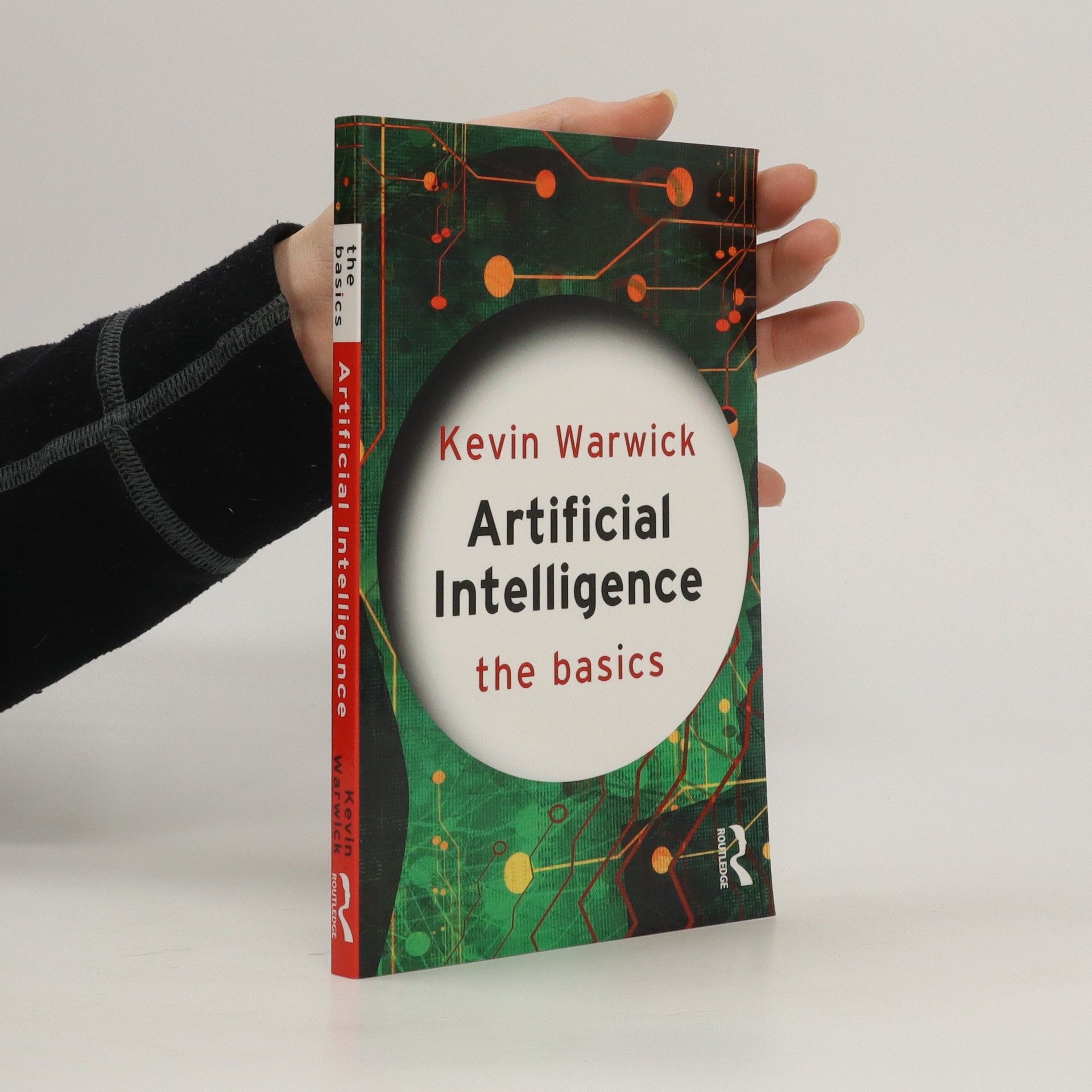Due to the rapid increase in readily available computing power, a corre sponding increase in the complexity of problems being tackled has occurred in the field of systems as a whole. A plethora of new methods which can be used on the problems has also arisen with a constant desire to deal with more and more difficult applications. Unfortunately by increasing the ac curacy in models employed along with the use of appropriate algorithms with related features, the resultant necessary computations can often be of very high dimension. This brings with it a whole new breed of problem which has come to be known as "The Curse of Dimensionality" . The expression "Curse of Dimensionality" can be in fact traced back to Richard Bellman in the 1960's. However, it is only in the last few years that it has taken on a widespread practical significance although the term di mensionality does not have a unique precise meaning and is being used in a slightly different way in the context of algorithmic and stochastic complex ity theory or in every day engineering. In principle the dimensionality of a problem depends on three factors: on the engineering system (subject), on the concrete task to be solved and on the available resources. A system is of high dimension if it contains a lot of elements/variables and/or the rela tionship/connection between the elements/variables is complicated.
Kevin Warwick Livres






I, Cyborg
- 320pages
- 12 heures de lecture
Now available for the first time in America, I, Cyborg is the story of Kevin Warwick, the cybernetic pioneer advancing science by upgrading his own body. Warwick, the world's leading expert in cybernetics, explains how he has deliberately crossed over a perilous threshold to take the first practical steps toward becoming a cyborg--part human, part machine--using himself as a guinea pig and undergoing surgery to receive technological implants connected to his central nervous system. Believing that machines with intelligence far beyond that of humans will eventually make the important decisions, Warwick investigates whether we can avoid obsolescence by using technology to improve on our comparatively limited capabilities. Warwick also discusses the implications for human relationships, and his wife's participation in the experiments. Beyond the autobiography of a scientist who became, in part, a machine, I, Cyborg is also a story of courage, devotion, and endeavor that split apart personal lives. The results of these amazing experiments have far-reaching implications not only for e-medicine, extra-sensory input, increased memory and knowledge, and even telepathy, but for the future of humanity as well.
This concise and cutting-edge introduction to the fast moving world of AI examines issues of what it means to be man or machine and looks at advances in robotics which have blurred the boundaries.
In diesem reich illustrierten Buch lernen Kinder ab 7 Jahren alles Wissenswerte über Bäume, ohne die ein Leben auf der Erde nicht denkbar ist. Sie erfahren dank kurzer informativer Texte, welche Bäume es gibt, wie man an den Blättern den Baum erkennt, wie es innerhalb eines Stamms aussieht oder welche Tiere Bäume beherbergen. Dabei dürfen die Kinder auch selbst tätig werden: Sie lernen, ein Herbarium und eine Fensterbankhecke anzulegen, aus Zapfen eine hübsche Dekoration zu basteln oder aus herabgefallenen Ästen Tieren ein Heim zu bauen. Am Ende ist klar: Es ist für Mensch und Natur gleichermaßen wichtig, die Bäume zu schützen. Ausstattung: durchgehend vierfarbige Abbildungen
Úsvit robotů - soumrak lidstva
- 219pages
- 8 heures de lecture